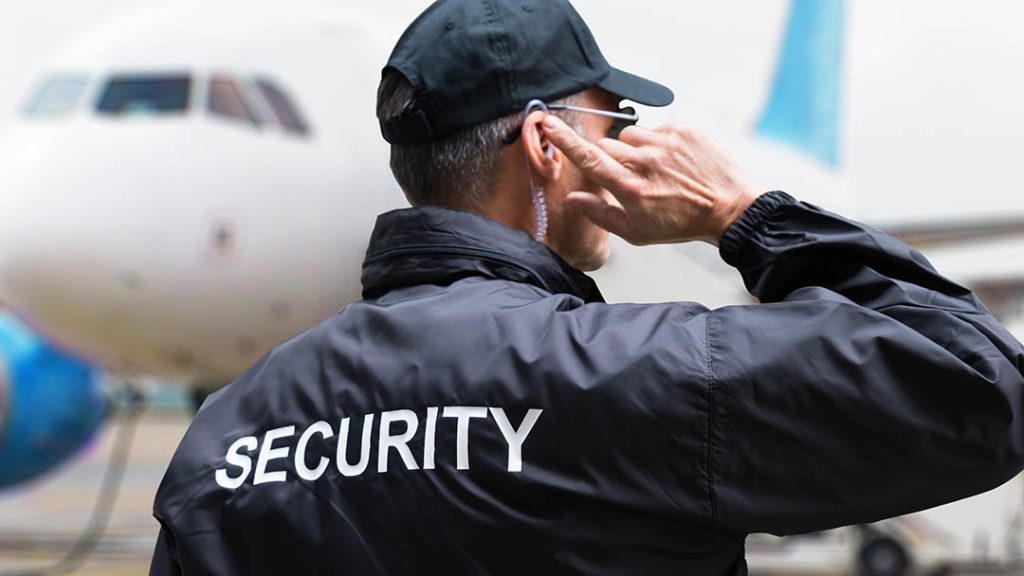International security for corporate aviation flight crew.
The ability for flight crew to assess and prevent threats during international operations can be the difference between a safe and unsafe flight. Different threats may arise based on the different risks involved with particular flights such as environmental threats or natural disasters, carrying high-profile customers or being in a high-profile facility (military, etc), or the social climate of the region you are flying in or around. All these factors lead into how you can assess the threats you’ll have for your flight and what preventative measures you should take in order to mitigate them.
Assessing threats.
In order to properly assess potential threats to aircraft, crew, and passengers, the pilots must examine data from crime rates, trafficking of illicit goods, bomb threats in the area, any local disputes or political unrest, or acts of interference. The FAA issues information on countries and regions that may hold aviation hazards and the U.S. Department of State issues travel warnings for hazards like political unrest, disease outbreaks, and natural disasters.
On top of looking at this data, it is also always a good idea for the flight crew to identify the threat risk in an airfield, such as the size, complexity, proper barriers, proximity of high-value targets, and any physical barriers between fuel centers, HAZMAT storage, or electrical vaults, etc. An airfield assessment should be based on the security needs of the operator or specific flight, as well as any required company-specific criteria. From these, an operation can and should determine whether particular flights fall within defined low, medium, or high-level threat situations.
Preventative measures.
Once a threat level has been determined, procedures can then be established for each level based on the different characteristics for the flight. ICAO offers the following guidelines for safety measures based on the threat level:
Low level threat:
- Lock all aircraft doors and access panels
- Emergency exits should be secured
- Aircraft perimeter marked or in a well-lit and trafficked area
- Line of communication established between flight crew and passengers
Medium level threat:
- Avoid parking the aircraft in areas that are easily accessed by the public, but also don’t choose an area that is remote or not well-lit
- Fit engine blanks
- Use a security guard, if available
- Establish lines of communications between crew and passengers
- Complete a detailed check of aircraft cavities
High level threat:
- Refer to a local representative for an assessment of the business risk of not travelling vs. the security risk of traveling
- Park the aircraft in a hangar
- Apply tamper evident security tape to the doors and access panels
- Ensure an armed guard is available
- Establish lines of communication between crew and passengers

No matter what threat level you have assessed the flight to be in, it is important to always be aware of surroundings and those who interact with the aircraft. Procedural decisions should be completed prior to flight, but if you need to reassess decisions for more safety, do not hesitate to take extra precaution when necessary to keep the safety of all involved the priority.
After implementing these procedures, flight crew should always perform a preflight security assessment, particularly if they are not at a company facility. At minimum, flight crew should inspect:
- External access doors and panels for any tampering
- Wheel wells for unknown cargo
- System opening and vents
- Lavatories
- Internal and external storage compartments
- Baggage holds
- Mechanical and electronic compartments that can be accessed without a tool or special equipment
This is just a sampling of the comprehensive and practical ground training material that CTS has to offer. We have all these tips and more in our interactive online aviation training courses. If you want your operation prepared for international security procedures, ask us about our Corporate Aviation Security and International Operations training courses today! Request a demo of the courses by emailing content@www.ctsys.com or calling 316.265.1585 x122.
RELATED READING









